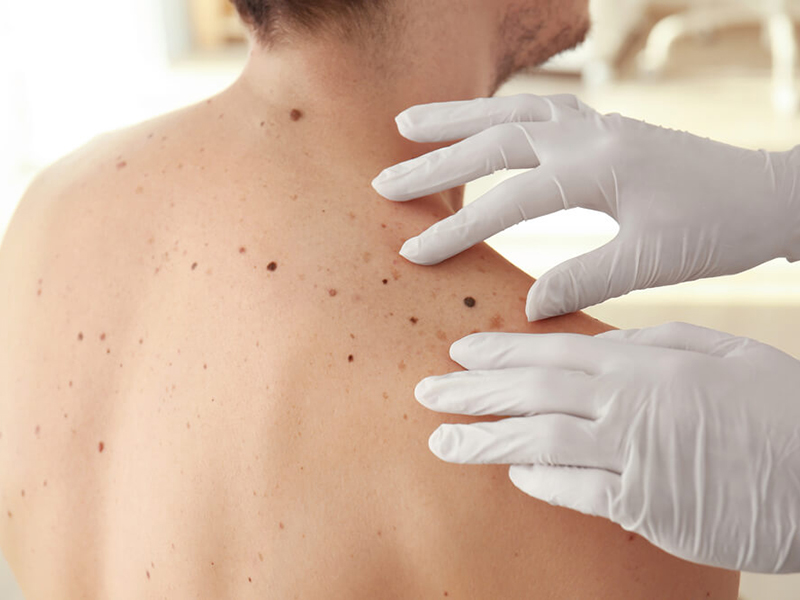
Skin Cancers
The skin is the largest organ of the body, accounting for 15% of body weight. Its most important function is to act as a barrier against external factors. During this role, it can be damaged by sun exposure, trauma, and chemical agents. When there is a disruption in its genetic protective structure, cancer can develop in the skin. Symptoms of skin cancers include wounds that do not heal for a long time, bleeding from non-healing wounds, swelling, and raised areas on the skin.
The most common type of skin cancer is Basal Cell Carcinoma (BCC), primarily caused by blistering sunburns during childhood. BCC is frequently seen in fair-skinned individuals and does not spread (metastasize) to other parts of the body. Its treatment is generally surgical. The second most common type is Squamous Cell Carcinoma (SCC), while Malignant Melanoma is less common.
When SCC is found on the upper lip, the etiology often points to sun exposure, whereas its occurrence on the lower lip is most commonly linked to smoking. SCC can also develop in areas with previous trauma or burn scars, a process that takes about 19–20 years. If you notice wounds in childhood burn scars or trauma areas that do not heal for more than two weeks, you must consult a Plastic Surgeon. Since SCC can spread to other parts of the body, it requires treatment and should not be neglected.
In recent years, there has been an increase in SCC cases of the mouth and throat due to HPV infections in the United States. Vaccination against genital warts is recommended in early childhood to prevent these cases. SCC is also treated surgically.
Malignant Melanoma is often seen in fair-skinned individuals and those with excessive sun exposure. It can also occur in individuals with a genetic predisposition. Although the transformation of existing moles into malignant melanoma is rare, melanoma can initially appear as a mole. If an existing mole is larger than 6 mm, has irregular borders, asymmetry, bleeding, or a raised surface, you must consult a doctor. Treatment is generally surgical, and since melanoma can spread to distant parts of the body, it requires long-term follow-up.